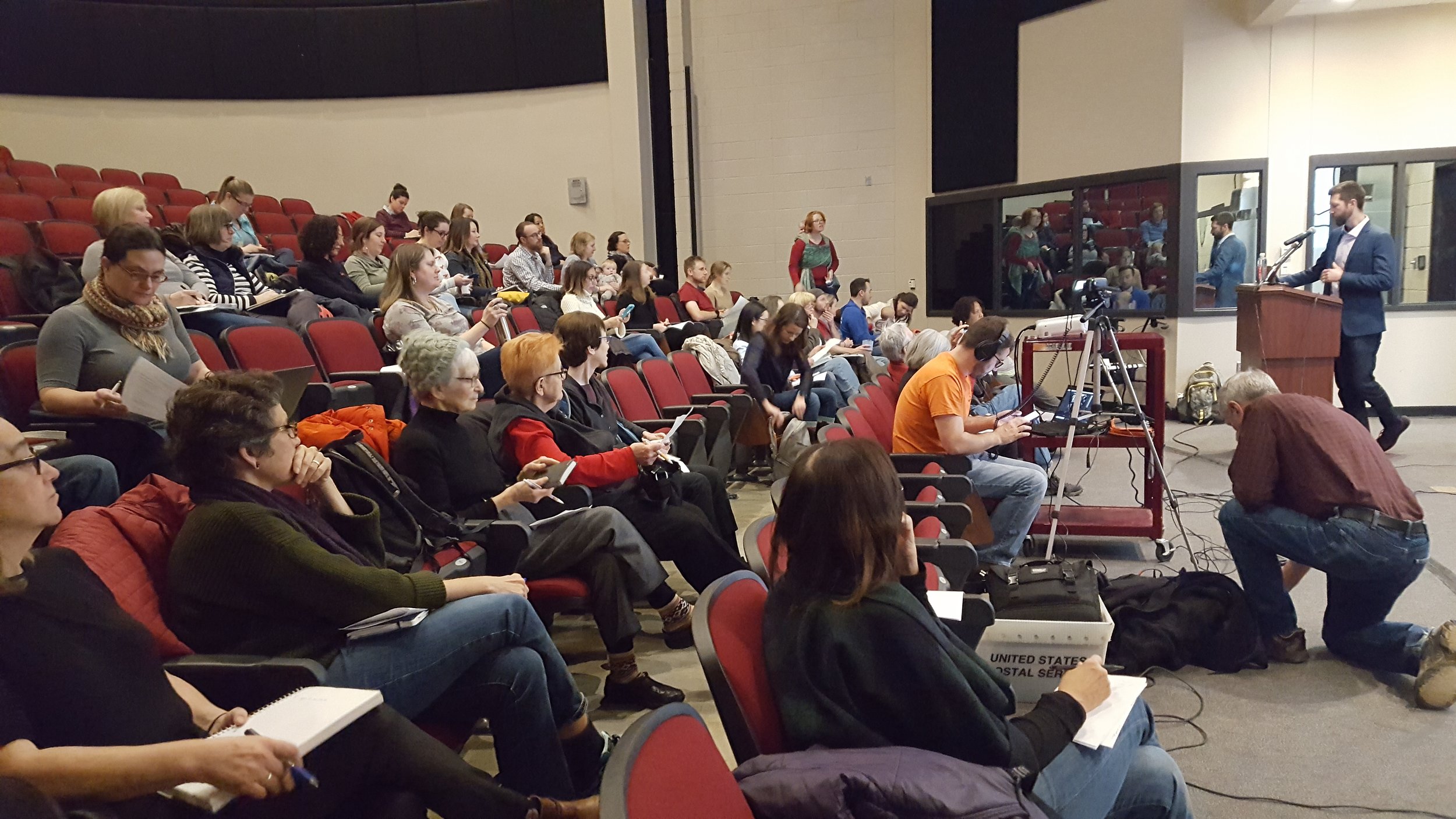Mary Levy and Eboni Rose Thompson respond to Post Op Ed
/It has been said, “statistics are like bikinis. What they reveal is suggestive, but what they conceal is vital.” This perfectly describes the OpED Poor children are still left behind in DCPS schools” (December 8, 2019). The authors suggest charters are winning the battle of closing the achievement gap for our children. What it conceals is significant omissions, exaggerations, and factual errors.
DC charter school performance for low-income children on the federal NAEP exam is almost as bad as DCPS performance. So rather than citing actual performance, the article compares achievement gaps in the two sectors between the low-income and non-low-income students to argue charters produce better outcomes for low-income children.
Significant achievement gaps exist in both sectors. According to the NAEP Data Explorer, DCPS’ average gap is 46 points for 4th graders and 51 points for 8th graders. Charter gaps are not, however, the 10 and 12 points claimed for the respective grades, but 20 and 29 points. The difference between the two sectors results primarily from the fact that DCPS non-low-income students score much higher than those in DC charters.
The authors then use DC’s own tests, and selectively focus on 23 schools (all but one charters) in Wards 5, 7 and 8 where more than 35% of students scored “proficient.” In context, however, in these three highest poverty wards, DCPS schools have much higher percentages of low-income students than charters—71% vs. 55%, and the 22 “top” charters average 41%. Moreover, charter schools in these wards lose a net 3.7% of their students throughout the year while the DCPS schools gain a net 2.6%. In other words, though charters have open admissions, they need not keep students, while DCPS as the matter-of right system must accept every student who has a right to attend. This adversely affects DCPS because budgets and resources are set before the shift happens.
It is right to explore and debate what is working and what is not in the District of Columbia’s public education system. Identifying schools that succeed in closing the achievement gap between low and non-low-income students is important. But we don’t advance opportunities for children or help the city make better policy decisions, when inaccurate data and purposefully partial analysis lead to misleading claims.
Supporting documents NDE Core Excel: 4th Grade Reading; 8th Grade Reading; 4th Grade Math; 8th Grade Math








